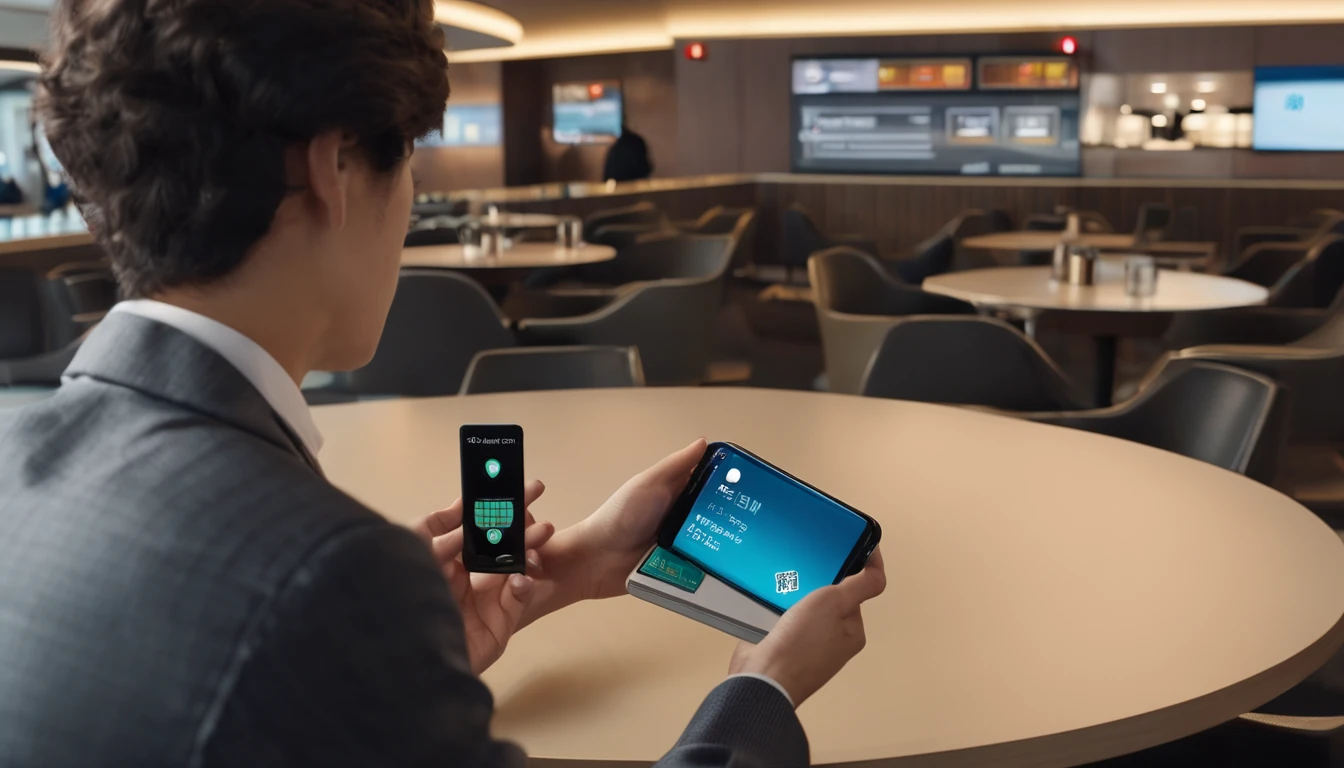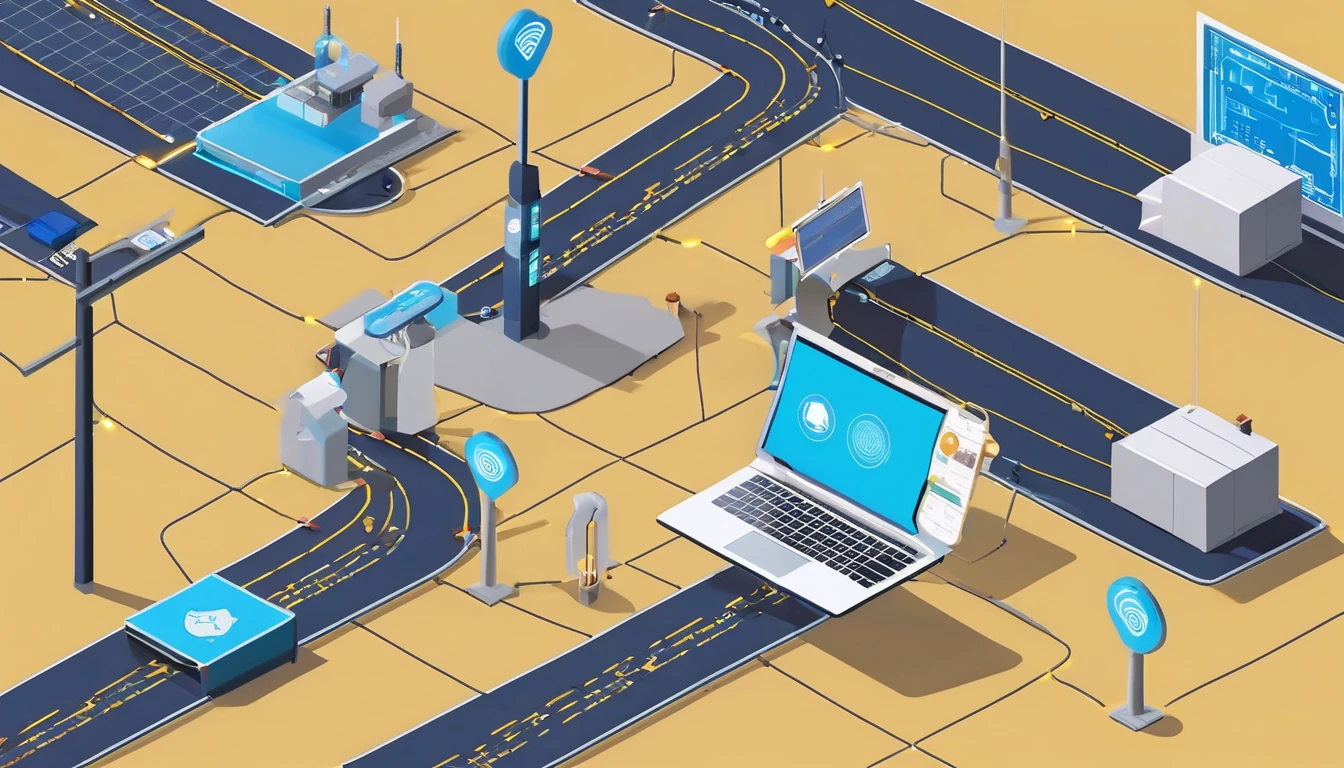Travellers weigh “pocket WiFi vs eSIM” for the same reason: reliable data at a fair price with minimal faff. Both connect you to local 4G/5G networks; the difference is how. A pocket WiFi is a rented hotspot you carry and charge, while an eSIM is a downloadable data plan that lives in your phone. This guide cuts through marketing to compare real‑world costs per GB, speed and latency, security risks, and multi‑device sharing. You’ll also find quick setup steps, a 60‑second chooser checklist, and regional notes for the United States, Western Europe and North America.
Short answer: eSIMs are usually cheaper per GB, faster to set up, and easier to manage. Pocket WiFi can still suit groups who need to share to many devices or travellers with older/locked phones. If you’re eSIM‑compatible, a travel eSIM will cover most trips with less to carry, fewer fees, and better control over usage.
Explore country and regional plans on Destinations.
Quick verdict: who should pick what?
- Choose eSIM if:
- You have an eSIM‑compatible and unlocked phone.
- You value cost control (buy exactly the data you need).
- You want faster setup (scan and go) and no device returns.
- You’ll hotspot a handful of devices (check tethering is allowed).
- Choose pocket WiFi if:
- Your phone does not support eSIM or is carrier‑locked.
- You need to share to 8–10+ devices all day without draining your phone.
- Your employer mandates separate networking hardware.
- Tie-breakers:
- Battery: eSIM uses your phone’s battery; pocket WiFi is a second battery to manage.
- Loss risk: eSIM cannot be “lost”; pocket WiFi loss/damage fees can be steep.
- Coverage: both ride the same local networks. With eSIM you can pick plans that use top carriers in your destination (e.g. Esim United States, Esim France).
Cost comparison: pocket WiFi vs eSIM
The biggest hidden difference is total cost per GB once you account for deposits, delivery/return, and “unlimited” fair‑use caps on pocket WiFi.
Typical retail price/GB (indicative ranges)
These are common market ranges for tourists buying short‑term plans. Always check current pricing for your destination on Destinations.
Region / Country
eSIM price/GB (typical)
Pocket WiFi effective price/GB (typical)
Notes
Western Europe
$1.5–3/GB
$2.5–8/GB
“Unlimited” WiFi often has 1–5GB/day high‑speed, then throttled. See Esim Western Europe.
France / Italy / Spain
$1.5–3/GB
$2–6/GB
Strong competition; local eSIMs are very cost‑effective. See Esim France, Esim Italy, Esim Spain.
United States
$3–6/GB
$4–10/GB
Pocket WiFi often adds delivery and loss fees. See Esim United States.
North America (US/CA/MX)
$2.5–5/GB
$5–12/GB
Regional roaming on hotspots costs more. See Esim North America.
How we think about “effective price/GB”: - Pocket WiFi day‑rates are divided by the daily high‑speed allowance (before throttling). Delivery/return and deposits increase the effective rate. - eSIMs are sold in fixed data buckets (e.g., 5–20GB). You pay only for what you buy; topping up keeps costs predictable.
Hidden costs pocket WiFi renters often miss: - Delivery and return fees (airport counters can be pricier; postage both ways adds up). - Deposits and loss/damage charges (commonly $100–$250 if lost; cases and cables also chargeable). - Fair‑use policies that throttle after a small high‑speed cap (throttled data is often too slow for maps/video). - Late return penalties if flights change.
Pro tip: If you’re a couple using ~6–8GB each over a week in Europe, two eSIMs commonly beat one pocket WiFi on cost—and remove delivery/return hassle.
Speed, latency and reliability
Both pocket WiFi and eSIM ultimately use the same local 4G/5G networks. Differences are mostly practical, not theoretical.
- Raw speed: Similar. Your phone with an eSIM can connect directly to 5G; many rental hotspots are 4G‑only or support fewer bands, which can limit peaks.
- Latency: eSIM is often 5–20 ms lower because there’s no extra WiFi hop and router processing. It’s noticeable on calls/gaming, not much for maps.
- Throttling: Pocket WiFi “unlimited” plans frequently throttle after a daily cap. eSIM plans throttle only after you use your purchased allowance (or not at all, depending on plan).
- Reliability: One fewer device means one fewer point of failure. With eSIM you avoid WiFi drops between your phone and a hotspot. Pocket WiFi can overheat or crash under many clients.
Pro tip: If performance matters (video calls, hotspotting a laptop), prefer an eSIM plan that includes 5G where available and test speed in the first hour; top up if needed.
Security and privacy on the road
- eSIM on your phone:
- Uses cellular encryption end‑to‑end; no shared SSID.
- Fewer attack surfaces than carrying a router with a web admin panel.
- Your phone’s hotspot can be password‑protected with WPA2/3.
- Pocket WiFi:
- Safe if configured well, but risks include default/weak passwords, outdated firmware, and rogue admin access if not reset.
- Physical loss exposes stored SSID/passwords; some models display the password on the screen.
- Shared hotspots in groups increase chances of shoulder‑surfing or unauthorised joins.
Security best practices: - Change the hotspot/router password immediately. Use WPA2/3 and a unique SSID. - Disable WPS and remote admin on pocket WiFi. - Keep device firmware updated (if you control the device). - Prefer your own eSIM hotspot over random public Wi‑Fi in cafés/airports.
Multi‑device sharing: eSIM hotspot vs pocket WiFi
You can share eSIM data via your phone’s hotspot, often to 5–10 devices, subject to plan limits.
- eSIM hotspot advantages:
- No extra rental hardware; share instantly with your laptop, tablet, or a partner.
- Many travel eSIMs allow tethering; check the plan details before purchase.
- One SIM per person keeps usage fair and avoids a single point of failure.
- eSIM hotspot caveats:
- Tethering can drain your phone faster. Carry a 10,000–20,000 mAh power bank.
- Some carriers block or cap tethering; verify in the plan FAQ.
- Pocket WiFi advantages:
- Designed to share (commonly 8–15 devices).
- Keeps your phone free and reduces its battery drain.
- Pocket WiFi caveats:
- One shared connection means if the owner walks away, everyone loses internet.
- Extra device to charge and carry; range is limited (hotel rooms fine, large villas less so).
Pro tip: For families, mix approaches—primary travellers each run an eSIM; turn on a hotspot only when the group needs it. This keeps speeds high and batteries happy.
Practicalities: setup, pick‑up and returns
How to install and activate a travel eSIM (step‑by‑step)
- Check compatibility and unlocked status in your phone settings.
- Buy a plan for your destination (e.g., Esim Western Europe, Esim North America, or browse Destinations).
- Receive your eSIM (QR code or manual code) by email.
- On Wi‑Fi, scan the QR or enter details to add the eSIM plan.
- Set the eSIM as “Mobile Data” and keep your primary SIM for calls (if desired).
- Turn on Data Roaming for the eSIM line.
- Optional: Set the APN if provided. Restart the phone.
- Test: open a webpage and a maps app. If slow, toggle airplane mode or reboot.
Pro tips: - Install the day before you fly; activate only when you land if the plan timer starts on first connection. - Set a data warning in Settings at 80% of your allowance.
How to use a pocket WiFi (checklist)
- Before trip:
- Order for the correct countries and dates; confirm daily high‑speed cap.
- Arrange delivery/pick‑up (airport counter hours, hotel delivery).
- Note deposit, loss/damage fees, and return process.
- On trip:
- Fully charge the hotspot each morning.
- Change SSID/password; disable WPS.
- Share the password securely with your group.
- Monitor LEDs/app for cap/throttle status.
- After trip:
- Return on time, in full kit (device, cable, charger, pouch) to avoid fees.
- Keep proof of return/shipping.
Business and team travel: what scales best?
For teams, the tipping point is management overhead. eSIMs scale neatly: issue plans per traveller, tag costs to projects, and avoid device logistics. Pocket WiFi can work for event booths or shared tablets, but devices go missing and shipping gets messy.
- Centralised purchasing and usage controls are easier with eSIM dashboards. See Simology For Business.
- Partners and resellers setting up client connectivity can streamline with our Partner Hub.
How to choose: a 60‑second checklist
- Phone supports eSIM and is unlocked? If no, lean pocket WiFi.
- Travelling solo or as a couple? eSIM usually wins on cost and simplicity.
- Need to share to 8–10 devices all day? Consider pocket WiFi (or carry a power bank for eSIM hotspot).
- Worried about deposits/returns? eSIM—nothing to ship or return.
- Crossing multiple countries? Choose a regional eSIM (e.g., Esim Western Europe or Esim North America).
- Security‑conscious? eSIM hotspot > public Wi‑Fi; avoid default router passwords.
Regional notes and examples
- United States: Coverage and speed vary by city and band support. Picking an eSIM that rides strong nationwide networks is key. Start with Esim United States.
- Western Europe: Competitive pricing and dense 5G make eSIMs excellent value. Multi‑country plans reduce SIM juggling. See Esim Western Europe.
- France, Italy, Spain: City and resort areas enjoy strong 4G/5G; eSIMs are typically the cheapest per GB. Compare Esim France, Esim Italy, and Esim Spain.
- North America: If you’ll cross into Canada or Mexico, a regional eSIM beats pocket WiFi roaming on cost and simplicity. See Esim North America.
FAQ
- Is eSIM as fast as a local physical SIM? Yes. eSIM is just a digital form of a SIM profile. Speeds depend on network coverage and plan, not the SIM form.
- Can I tether with an eSIM? Usually yes, but it depends on the plan. Most travel eSIMs allow hotspotting; check plan details. Some carriers cap tethering speeds or data.
- What if my phone is carrier‑locked? You may not be able to use a third‑party eSIM. Options: ask your carrier to unlock, use a pocket WiFi, or carry an unlocked secondary device for the eSIM.
- What happens when I run out of eSIM data? You either top up in‑app/online or buy another plan. Many travellers buy slightly more than needed to avoid mid‑trip disruption.
- Are “unlimited” pocket WiFi plans really unlimited? Typically not. Most have a daily high‑speed cap (e.g., 1–5GB) and then throttle severely. Check fair‑use policy specifics.
- Will a pocket WiFi work on flights or remote areas? It depends on terrestrial mobile coverage—just like your phone. No in‑flight cellular. In remote areas, neither option works well without coverage.
Next step: Compare region‑ready travel eSIMs for your trip on Destinations.




